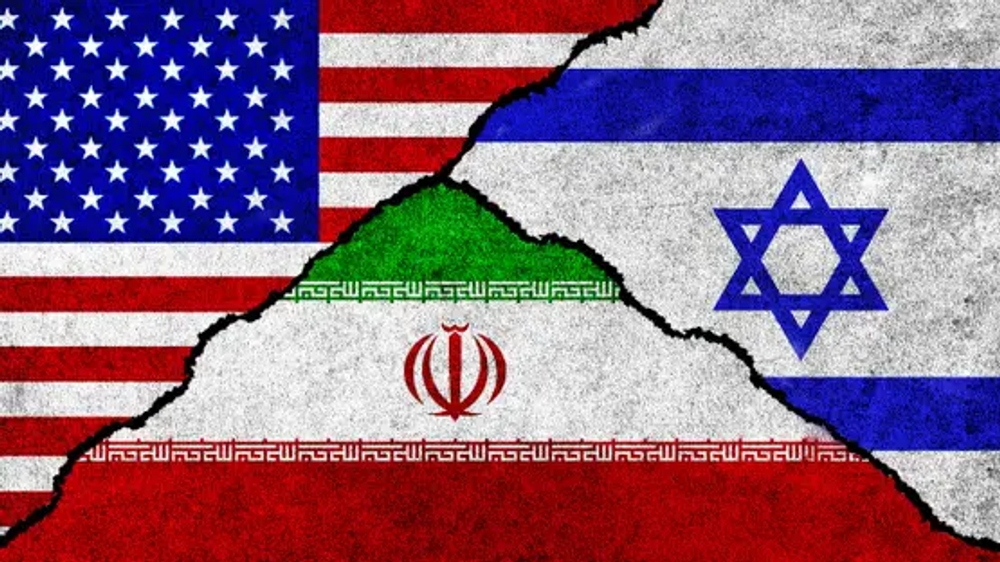Published
- 4 min read
Full Summary of the 2025 US-Israel-Iran War and Realistic Survival Strategies

Full Breakdown of the 2025 US-Israel-Iran War
In June 2025, the Middle East was once again plunged into full-scale conflict.
Especially on June 21, the United States carried out precision strikes on three nuclear facilities in Iran, escalating what started as a localized clash into an international military confrontation.
As a Korean citizen myself—and likely just an ordinary person like you reading this—my goal here is to help clarify the situation with practical insights: From a clear timeline and military power comparison to economic ripple effects and realistic survival strategies.
📍 What Triggered the War?
🔥 Immediate Causes
- Iran resumed production of highly enriched uranium (60%+)
- Israel launched preemptive strikes citing nuclear threat concerns
- Iran retaliated with over 150 ballistic missiles and 100+ drones
- The US intervened to protect an ally and contain nuclear proliferation
🕰️ Longstanding Tensions
- Escalating hostility since the 1979 Iranian Revolution
- Iran’s support of armed groups in Syria and Lebanon
- Provocative rhetoric by some Iranian leaders targeting Israel
- Decades of accumulated nuclear, religious, and geopolitical friction
🗓️ Timeline of Events – June 2025
| Date | Event |
|---|---|
| June 10 | IAEA confirms Iran resumed 60% uranium enrichment |
| June 13 | Israel conducts preemptive airstrikes on nuclear sites |
| June 14–16 | Iran launches retaliatory attacks (missiles + drones) |
| June 17 | Hospital in Beersheba (southern Israel) hit by missile |
| June 18 | Brent oil exceeds $96; USD/KRW hits 1,392 |
| June 21 | US strikes 3 Iranian nuclear sites (Operation Lightning Sword) |
| June 22 | Iran threatens secondary attacks via Syria and Yemen allies |
🛰️ Military Comparison: Iran vs Israel (2025)
| Category | Iran | Israel |
|---|---|---|
| Active Forces | ~600,000 | ~170,000 |
| Reserve Forces | Est. under 1 million | ~450,000 |
| Nuclear Weapons | None (but 60% uranium secured) | Estimated 80–90 warheads |
| Long-Range Missiles | Shahab-3 (~2,000km) | Jericho-3 (~6,500km) |
| Tactics & Assets | Drones, missiles, naval mines | Iron Dome, F-35s, SEAD, nuclear deterrence |
| Key Allies | Russia, Syria, Houthi | United States, parts of NATO |
💹 Economic Impact: Oil, Currency & Inflation
🛢️ Oil Price Surge
- Iranian oil export disruption → supply shortage
- Rising risk in the Strait of Hormuz
- Brent oil nears $100/barrel, short-term pullbacks expected
💵 Currency Volatility
- Global risk aversion boosts US dollar
- Emerging currencies like KRW, JPY weaken
- US interest rate cuts may be delayed
⛽ Fuel & Import Price Increases
- Jet fuel and diesel in Europe up over +60%
- Gasoline prices expected to rise globally, including South Korea
✅ Practical Survival Strategies
This section was fine-tuned using AI (GPT), then reviewed from a Korean civilian’s perspective.
1. Secure Liquidity
- Keep at least 3–6 months of emergency funds
- Consider early withdrawal from fixed savings accounts if needed
2. Diversify Your Assets
- Balanced mix: 50% local currency + 50% USD
- Consider foreign currency savings, USD ETFs, short-term bonds
- Gold can be an additional inflation hedge
3. Adjust Daily Spending
- Delay international orders or imported product purchases
- Shift to public transit or carpool to save on fuel
4. Monitor Critical Updates
- Subscribe to updates from the Ministry of Foreign Affairs, US DoD, IAEA, RAND, etc.
- Set up Google Alerts for keywords like “oil price”, “currency”, “Hormuz”
❓ FAQ
Q. Is South Korea in direct danger?
A. Direct military risk is low, but rising fuel, currency, and food prices may affect daily life and cost of living.
Q. Is Iran really developing a nuclear weapon?
A. Iran denies it officially, but 90% enrichment activity is seen as a near-final step by experts.
Q. Should I buy USD now?
A. It may already be near a short-term peak, but holding 10–20% in USD assets can help hedge against global risk.
Q. When will the war end?
A. It depends on whether the US becomes further involved. Current analysis suggests prolonged conflict is more likely than a quick resolution.
🧭 Final Thoughts
This war is not just about missiles and diplomacy— It can influence gas prices, job markets, inflation, and your monthly budget.
It’s more important than ever to stay informed, diversify wisely, and adapt your daily habits. Being prepared, not panicked, is key to navigating this uncertain world.
Stay safe and alert wherever you are.
🔗 Further Reading: